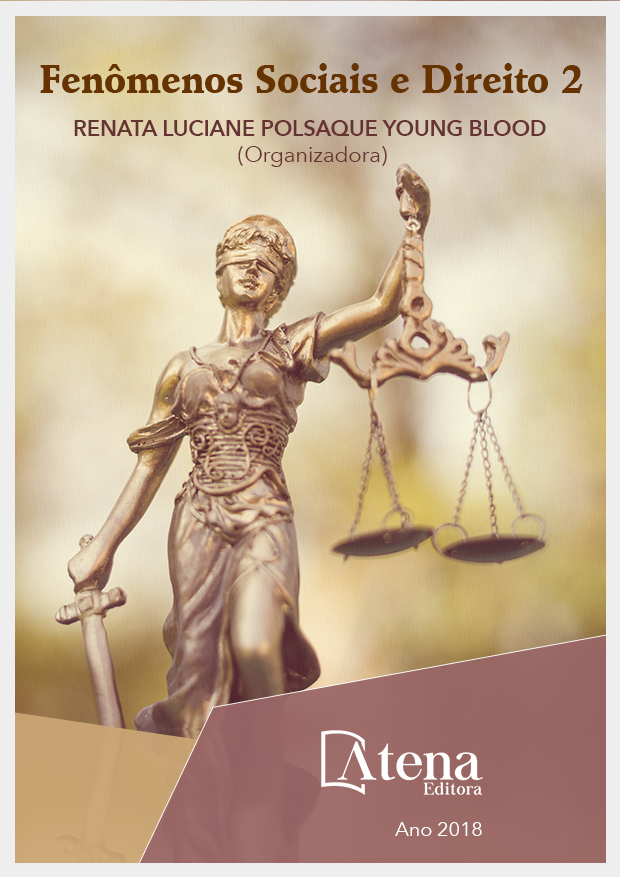
A ACESSIBILIDADE EM PROVEITO DAS PESSOAS COM DEFICIÊNCIA VISUAL FRENTE À PROATIVIDADE INFORMACIONAL DO ESTADO: DO STANDARD INTERNACIONAL À NORMATIVIDADE BRASILEIRA E COLOMBIANA.
A potencialização do uso das
Tecnologias da Informação e Comunicação
(TIC), em especial a internet, é talvez a grande
alavanca de uma verdadeira revolução nos
padrões de sociabilidade no século XXI. Neste
novo cenário, a informação representa, por
muitas vezes, a chave para a inclusão e acesso
a direitos, razão pela qual a sua disponibilização
– que ganha destaque na internet - é matéria
com especial relevo no campo jurídico.
No que tange à divulgação voluntária das
informações públicas pelas instituições estatais,
nomeadamente transparência ativa, alguns
entraves à sua consolidação se apresentam.
Nomeadamente, a disponibilidade inteligível de
conteúdos às pessoas com deficiência por meio
das TIC é uma questão de destaque. Assim,
paradoxalmente, observa-se a uma demanda
exponencial de recursos de acessibilidade
digital, ao mesmo tempo em que há uma
carência de atenção no que diz respeito aos
princípios regentes do direito à informação
pública – máxima abertura e facilitação dos
procedimentos. Diante disso, o presente
trabalho objetiva verificar se as disposições
normativas internas, no Brasil (Modelo de
Acessibilidade em Governo Eletrônico) e na
Colômbia (Norma Técnica 5854), estão em
consonância com os standards internacionais
sobre a temática (Diretrizes de Acessibilidade
para Conteúdo Web), e se é possível verificar
uma harmonização sobre o tema nos
países estudados. Para tanto, o método de
abordagem empregado é o dedutivo, com a
procedimentalidade comparativa e tipológica,
e com a técnica de pesquisa de análise
documental e bibliográfica. Por fim, pode-se
verificar uma efetiva harmonização entre os
princípios que regem as normas brasileira e
colombiana com o standard internacional.
A ACESSIBILIDADE EM PROVEITO DAS PESSOAS COM DEFICIÊNCIA VISUAL FRENTE À PROATIVIDADE INFORMACIONAL DO ESTADO: DO STANDARD INTERNACIONAL À NORMATIVIDADE BRASILEIRA E COLOMBIANA.
-
DOI: Atena
-
Palavras-chave: acessibilidade; acesso à informação; proatividade informacional; standards.
-
Keywords: accesiblity; information access; proactive transparency; standards.
-
Abstract:
The potential of the use of
Information and Communication Technologies
(ICT), especially the Internet, is perhaps the
great lever of a true revolution in sociability
patterns in the 21st century. In this new scenario,
information often represents the key to inclusion
and access to rights, which is why its availability - which is gaining prominence on the
Internet - is a matter of special importance in the legal field. Regarding the voluntary
disclosure of public information by state institutions, namely active transparency, some
obstacles to its consolidation are presented. In particular, intelligible availability of
content to people with disabilities through ICT is a key issue. Thus, paradoxically, there
is an exponential demand for digital accessibility resources and a lack of attention to
the regulative principles of the right to public information - maximum openness and
facilitation of procedures. Therefore, the present work aims to verify if the internal
normative dispositions, in Brazil (Electronic Accessibility Model) and in Colombia
(Technical Standard 5854), are in line with the international standards on the subject
(Web Content Accessibility Guidelines), and whether it is possible to see harmonization
on the subject in the countries studied. To fulfill the objective the method of approach
employed is the deductive, with the comparative and typological procedure, and with
the research technique of documentary and bibliographic analysis. Finally, one can
verify an effective harmonization between the principles that govern the Brazilian and
Colombian standards with the international standard.
-
Número de páginas: 15
- Leonardo Fontana Trevisan


